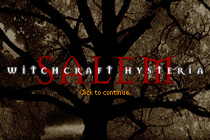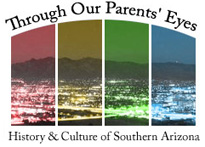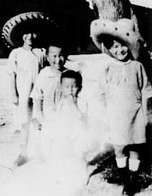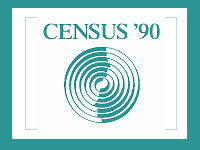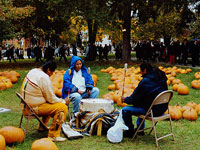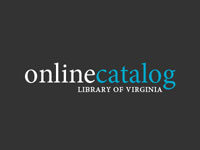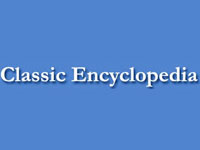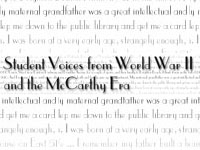Famous American Trials: Salem Witchcraft Trials
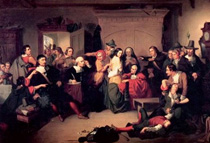
Part of a larger "Famous Trials" website created by Douglas Linder of the University of Missouri, Kansas City, Law School, this site provides primary documents and other information on the Salem Witch Trials of 1692-93. Linder authored a roughly 1000-word essay on the events in Salem that includes links to biographies of key figures in the trial. The site also offers 18 primary documents concerning the witch trials, including the Reverend Cotton Mather's Memorable Providences, a pamphlet that details an episode of supposed witchcraft by a woman named Goody Glover; an arrest warrent from 1692; seven transcripts of examinations and trial records for accused witches and a sample death warrent. The site also includes approximately 500-word biographies of 17 key figures in the trials, such as accused witches, judges, accusers, and clergy. In addition, there are 14 images of the town of Salem and key figures in the trials. The site offers links to eight related websites and a bibliography of 22 scholarly books and articles and two videos on witchcraft. This site has no index, but is small enough to navigate easily. It is ideal for researching basic information on the Salem Witch trials.
